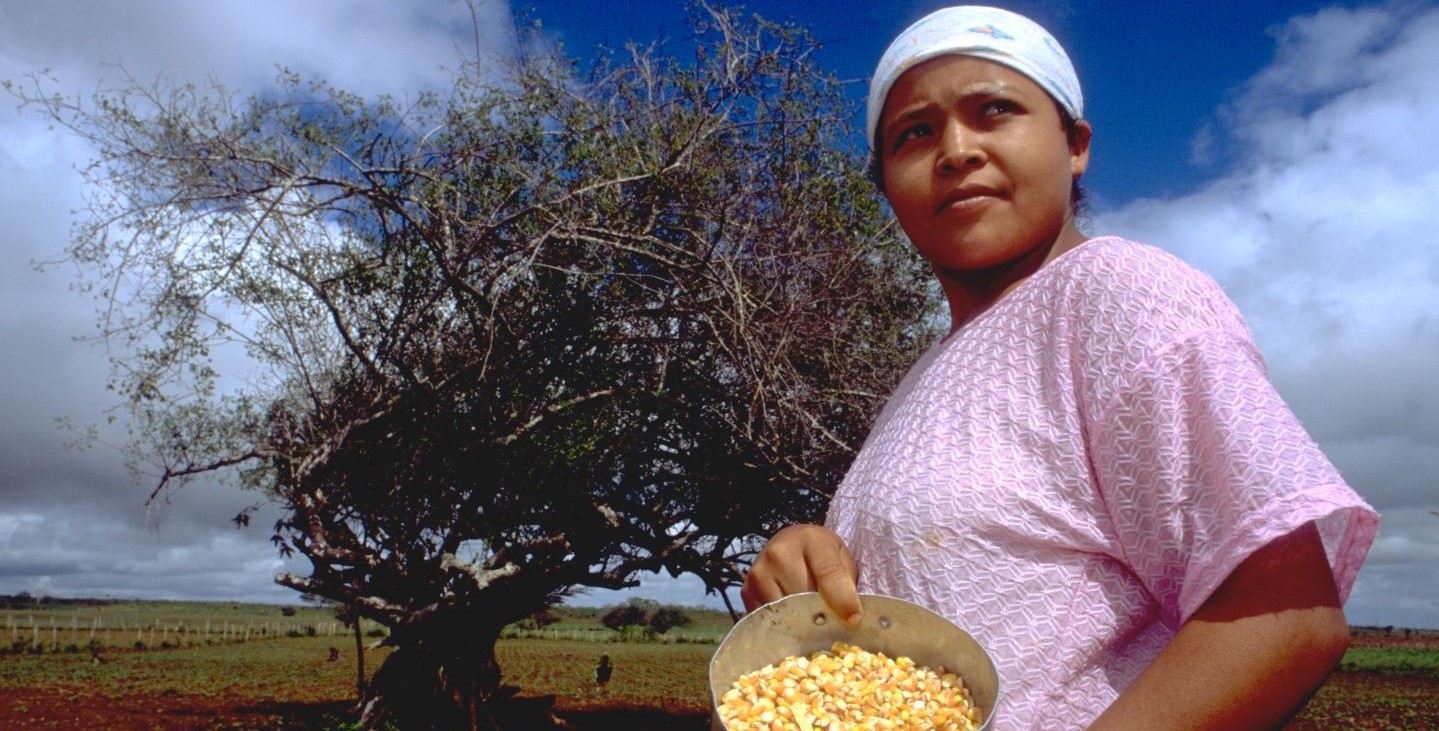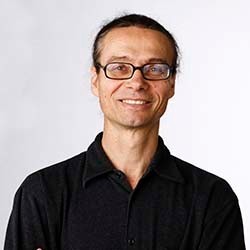Fixing our food systems means getting the fundamentals right
IFAD Asset Request Portlet
Asset Publisher
Fixing our food systems means getting the fundamentals right
By Claus Reiner

Nowadays, in rural development circles, we speak a lot about fixing food systems. To me, though, “food systems” is a rather big term. When world leaders say that food systems are broken, I have the feeling many of us are left wondering what they mean.
Food systems encompass a wide array of activities and issues, from industrial-scale agriculture to small-scale and subsistence farming, as well as the agrochemical and food industries, trade, food waste at all levels, decent jobs and, finally, the choices of all sorts of consumers. Certainly, there’s a lot here that needs to be set right. But this list includes everything from processes producing near-toxic, highly processed foodstuffs, to organic farms producing local, healthy delicacies – meaning the term is just not specific enough. I therefore worry that everyone will shape their understanding of it to their individual comfort zone.
To make sure we’re all starting from the same place, let’s focus on the fundamentals. For me, that’s the land: the source of most of our food. If we don’t treat the land well, food systems simply can’t be sustainable.
The challenges facing sustainable land use
For sustainable land use, I like to think in terms of advancing towards three global objectives: climate protection, biodiversity, and food security. Most of us are aware of the implications of the climate crisis and loss of biodiversity, although the changes we need to introduce to our economies and personal lives are only now starting to become clear. At the same time, we can safely say that we are in a food security crisis: the challenge of providing adequate nutritious food for a growing world population increases by the day.
What’s more, these three objectives appear to conflict when it comes to land use. A climate-friendly switch away from fossil fuels needs land for solar panels and biofuels, but the conservation of plant and animal species requires untouched land. Meanwhile, the production of healthy food in sufficient quantities also needs lots of land to be farmed at high intensity. But, because no country has an inexhaustible supply of land, serious compromises are needed.
Industrially farmed maize, for example, takes up huge portions of land in Brazil’s cerrado savannah. Even though a field of maize might appear lush, its sheer size and uniformity makes it a green desert that even a butterfly can’t cross. It’s a hostile environment in which other plants are poisoned by systemic herbicides and insects are killed in great numbers. And once the maize is harvested, all plant life is gone and the soil is left bare, baking in the sun. Now think of the cumulative effects of these maize fields on climate and biodiversity – especially considering that most Brazilian maize is destined to feed livestock on other continents – and the need to transform our food systems becomes obvious.
Local solutions to global problems
Given the conflicting nature of these three objectives, it might seem that achieving all three of them at the same time is unrealistic. But some IFAD-supported projects do manage it.
In Brazil’s Bahia state, where the country’s rural poverty is concentrated, the IFAD-supported Pro-semi-arid project is promoting agroforestry as a way of meeting all three objectives for sustainable land use. This land management method increases biodiversity by allowing a variety of native trees and shrubs to grow amidst the crops. This allows the soil to retain high vegetative cover and stay cool throughout the year, even during the dry season, which can last up to eight months. It also captures lots of carbon in the form of organic matter, increasing the soil’s fertility and its capacity to store moisture. With this system, farming families can grow a sufficient quantity of diverse food for themselves and others.
Or take the underground dams promoted by the same project: A simple plastic sheet dug vertically into the soil across a gently sloping valley that previously saw a lot of water run-off. This holds back the rainwater that would otherwise erode the slope, and keeps the soil moist. Underground dams can hold hundreds of cubic metres of water, feed shallow wells from which fields can be irrigated, and allow the land to be cultivated with diverse crops, such as fruit trees. It’s a system that can help with adaptation to rising temperatures and dwindling rainfall as a result of a changing climate. And again: it promotes biodiversity, carbon accumulation, soil fertility and plenty of diversified food for local consumption and sale.
These small solutions are both locally sustainable and a key to addressing the big issues that our food systems face. They provide small-scale answers to the triple crisis that threatens how we use land globally: the climate crisis, the biodiversity crisis and the food security crisis. And they are flexible, in that they can be adapted to local conditions, preferences and knowledge. The practices that can help a poor rural family access a nutritious diet can also be a solution to the big issues confronting the planet – and, eventually, a way to fix some part of our global food systems.
Learn more about IFAD’s work in Brazil.
Publication date: 26 November 2021